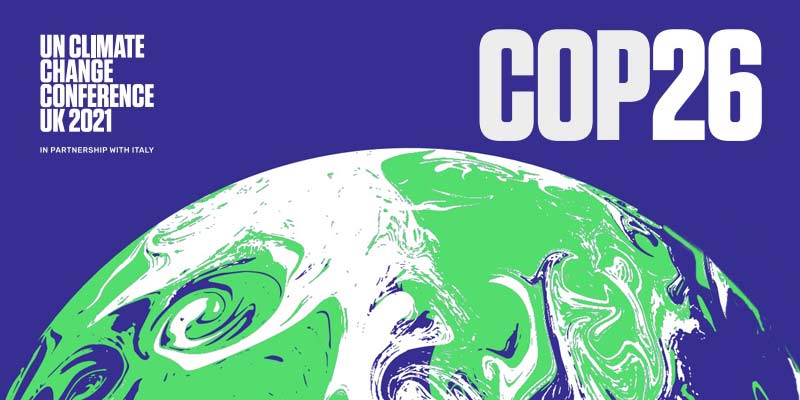- World
- Nov 14
COP26 concludes in Glasgow with agreement to “phase down” coal
The COP26 UN Climate Conference concluded in Glasgow with nearly 200 countries agreeing to the Glasgow Climate Pact to keep 1.5°C alive and finalise the outstanding elements of the Paris Agreement.
Climate negotiators ended two weeks of intense talks on November 13 with consensus on urgently accelerating climate action.
The Glasgow Climate Pact, combined with increased ambition and action from countries, means that 1.5°C remains in sight, but it will only be delivered with concerted and immediate global efforts.
Under the Paris Agreement, 195 countries set a target to keep average global temperature change below 2°C and as close as possible to 1.5°C. Before COP26, the planet was on course for a dangerous 2.7°C of global warming. Based on new announcements made during the Conference, experts estimate that we are now on a path to between 1.8°C and 2.4°C of warming.
What are the key takeaways?
• The Glasgow Climate Pact will speed up the pace of climate action. All countries agreed to revisit and strengthen their current emissions targets to 2030, known as Nationally Determined Contributions (NDCs), in 2022. This will be combined with a yearly political roundtable to consider a global progress report and a Leaders summit in 2023.
• COP26 agreed for the first time to accelerate efforts towards the phase-down of unabated coal power and inefficient fossil fuel subsidies, and recognised the need for support towards a just transition. Just before the Glasgow deal was adopted, India requested that the deal call on countries to “phase down”, instead of “phase out” unabated coal.
• The summit completed the technical negotiations on the Paris Agreement Rulebook, which fixes the transparency and reporting requirements for all Parties to track progress against their emission reduction targets. The Rulebook also includes the Article 6 mechanisms, which set out the functioning of international carbon markets to support further global cooperation on emission reductions.
• On climate finance, the agreed text commits developed countries to double the collective share of adaptation finance within the $100 billion annual target for 2021-2025, and to reach the $100 billion goal as soon as possible. Parties also commit to a process to agree on long-term climate finance beyond 2025.
• The summit saw a marked commitment to protect precious natural habitats, with 90 per cent of the world’s forests covered by a pledge from 130 countries to end deforestation by 2030.
• While on the world’s roads, the transition to zero emissions vehicles is gathering pace, with some of the largest car manufacturers working together to make all new car sales zero emission by 2040 and by 2035 in leading markets. Countries and cities are following suit with ambitious petrol and diesel car phaseout dates.
• Prime Minister Narendra Modi has announced that India will achieve net zero carbon emissions by 2070. Presenting the country’s national statement at COP26, Modi listed out five commitments of India to combat climate change with an announcement that it will achieve the target of net zero emissions by the year 2070.
• The COP26 also decided to establish a dialogue between parties, stakeholders and relevant organisations to support efforts to avert, minimise and address loss and damage associated with climate change.
• There were a number of notable side deals too. The US and the European Union spearheaded a global methane cutting initiative in which around 100 countries have promised to reduce methane emissions by 30 per cent from 2020 levels by 2030.
What is Paris Agreement Rulebook?
The Paris Rulebook, the guidelines for how the Paris Agreement is delivered, was completed at COP26 after six years of discussions. This will allow for the full delivery of the landmark accord, after agreement on a transparency process which will hold countries to account as they deliver on their targets. This includes Article 6, which establishes a robust framework for countries to exchange carbon credits through the UNFCCC.
While the Paris Agreement has provided the framework for international action, the Rulebook will set this Agreement in motion by laying out the tools and processes to enable its full, fair, and effective implementation.
Adopting the Rulebook will provide guidance for how countries should implement and strengthen their national climate plans under the Paris Agreement (known in the United Nations as nationally determined contributions, or NDCs), and create an institutional structure for doing so.
The Rulebook’s purpose is to transform the relatively short Paris Agreement into a functioning system that mobilises concrete climate action in every country around the world.
Manorama Yearbook app is now available on Google Play Store and iOS App Store



